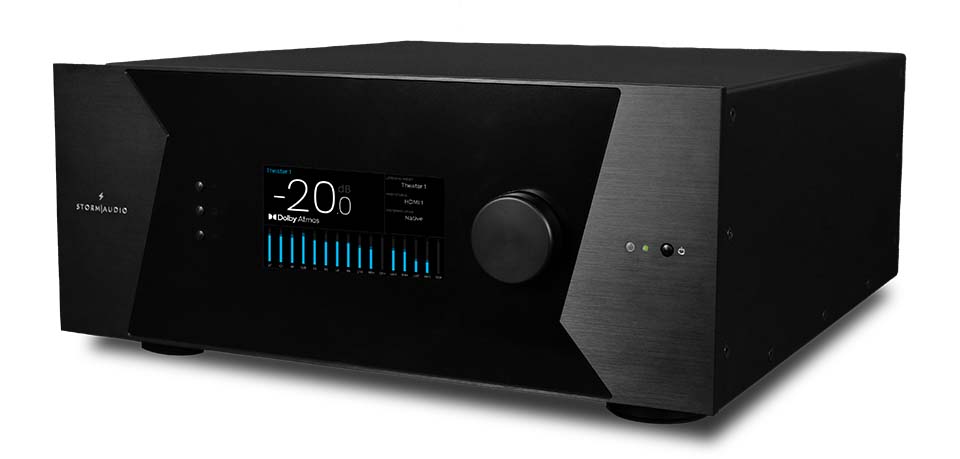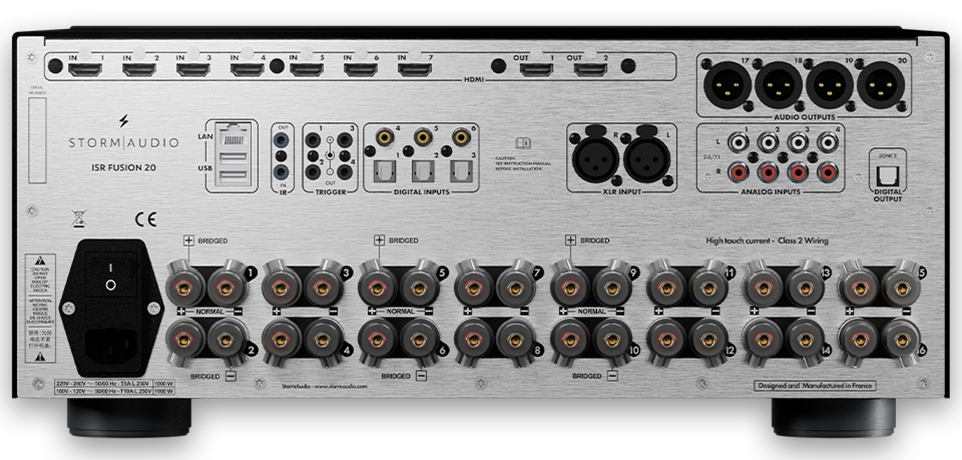- Joined
- Nov 18, 2018
- Messages
- 388
- Likes
- 602
- Thread Starter
- #241
Red without ART, green with... click on the image to see both:
Very impressive! Fingers crossed this comes to the Integra...Red without ART, green with... click on the image to see both:
I did a visual analysis as well. Not professional but here's the break down.FYI, this user posted full .mdat files comparing DL/DLBC/ART:
Get a StormAudio AVR for about $12000 and then about $700 in software?what is the cheapest way to get the ART now? Does it work with stereo material? How's the latency?
I think I'll wait then, or just get W371A as I would use it for stereo 95% of timeGet a StormAudio AVR for about $12000 and then about $700 in software?
Otherwise, wait for a larger company to get the go ahead and implementation.
The only current rumors are the Monoprice HTP-1. That would be $4000 plus $1000 in software
I don’t but I did look for itPoked around but didn't spot if the speaker system that generated those measurements was posted anywhere. Anyone know?
Would be great if we could get an idea of how many bass-capable speakers were needed to get to that level - especially the way it kills the ~70hz dip.I don’t but I did look for it


I asked, the user posted:Would be great if we could get an idea of how many bass-capable speakers were needed to get to that level - especially the way it kills the ~70hz dip.
See - this is where I think people have things wrong....Wow, 4 subs, and fronts that go to 50hz before rolling off. A serious system, for sure.
Dolby/cinema "full range" is 40hz to 16khz. This is clearly documented in the spec. Real cinemas typically roll off past this point.In a perfect world, each of the speakers should be full range - down to 20Hz or close thereto (my mains go down to 24Hz)
There is no such thing as a "full-range main" that has anywhere near the SPL capability of even a mid-sized ported subwoofer, and if you are using up a bunch of overhead on the ART signal then SPL capability is the most important thing.Sub positioning in a room, with room nodes etc..., give subs a certain advantage over integrated full range mains - but with the advent of ART, this advantage may well no longer exist.
That's the issue for me. It takes up way too much space, so I can't do it. I'm fortunate that I have 3 subs and plan to move to 4 subs at some point, but there's no real way I could swing 4 full range speakers in my family room. Full range speakers are just too intrusive. So my question remains - how effective is ART in a slightly more modest system?I used to run a setup that way, about 15 years ago .... but the speakers took up too much room... caused WAF issues - so I had to move to something more compact, and use subs - but that type of setup is always a compromise.
That is not true. It does not necessarily have to be a Dali Kore, but the self-built or even used speakers from the good old days, such as an Isophon Vertigo, would work optimally with ART. I expect accordingly also new LSP developments.There is no such thing as a "full-range main" that has anywhere near the SPL capability of even a mid-sized ported subwoofer
No, it is true, and your example proves it. A Dali Kore will have mediocre output compared to subwoofers. It has 2 x 11.5" woofers, which will be similar to a single 15". And that's not even a big sub. Even then, the drivers and ports aren't optimized for sub-bass so they're still not going to match up.That is not true. It does not necessarily have to be a Dali Kore
